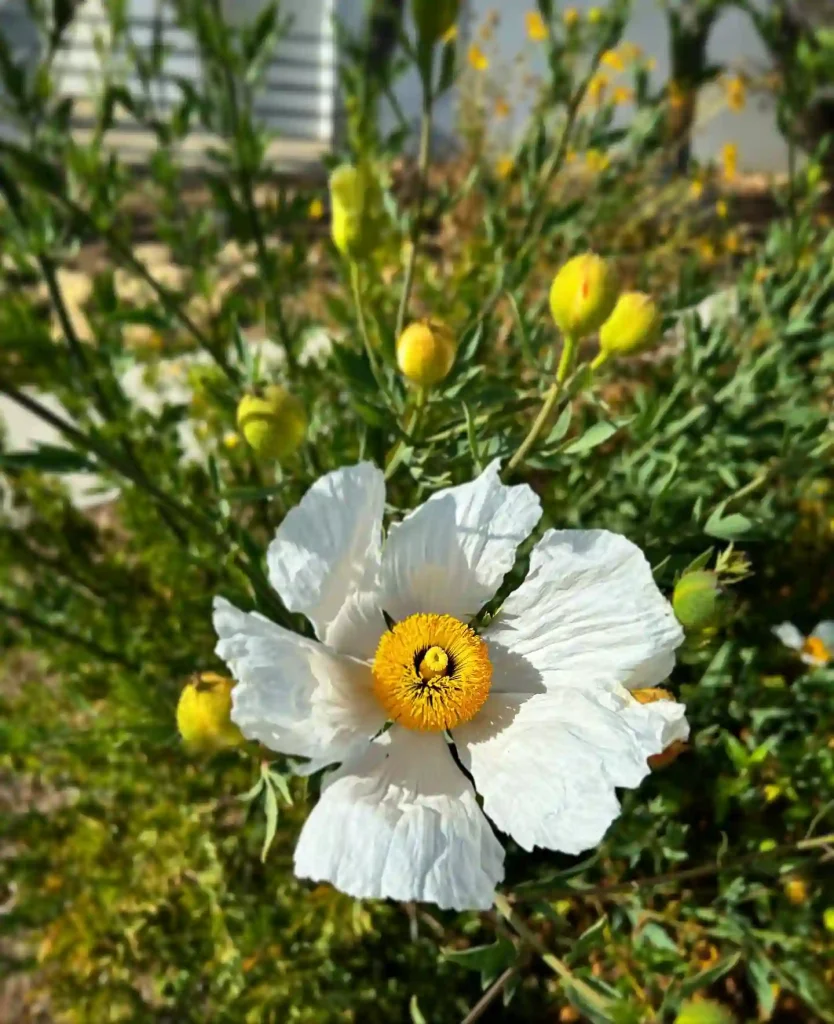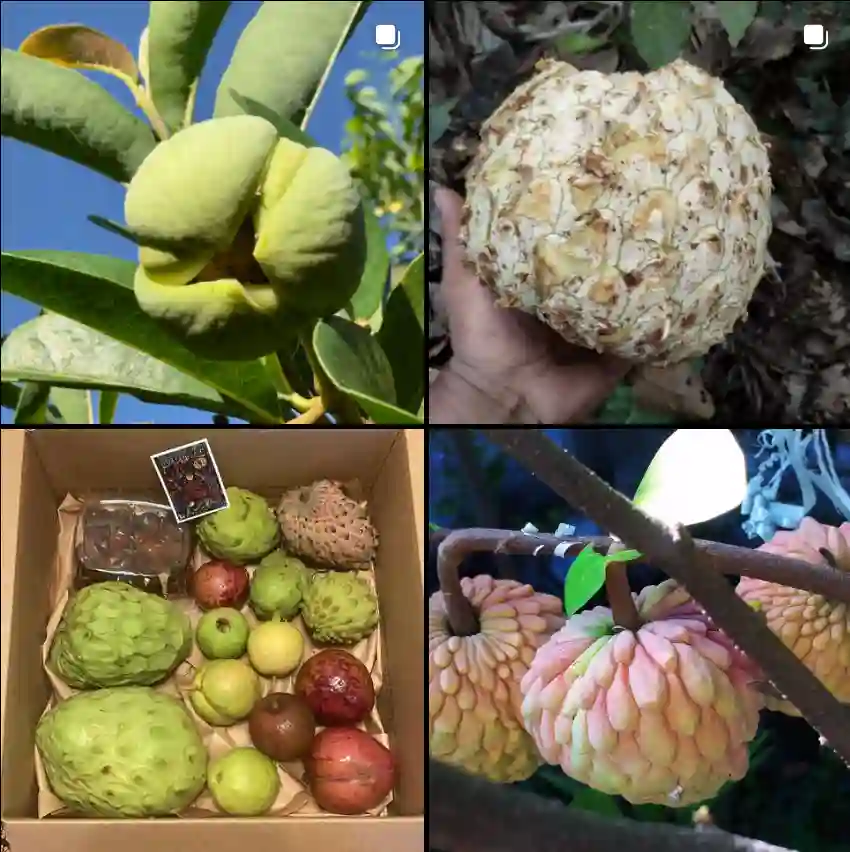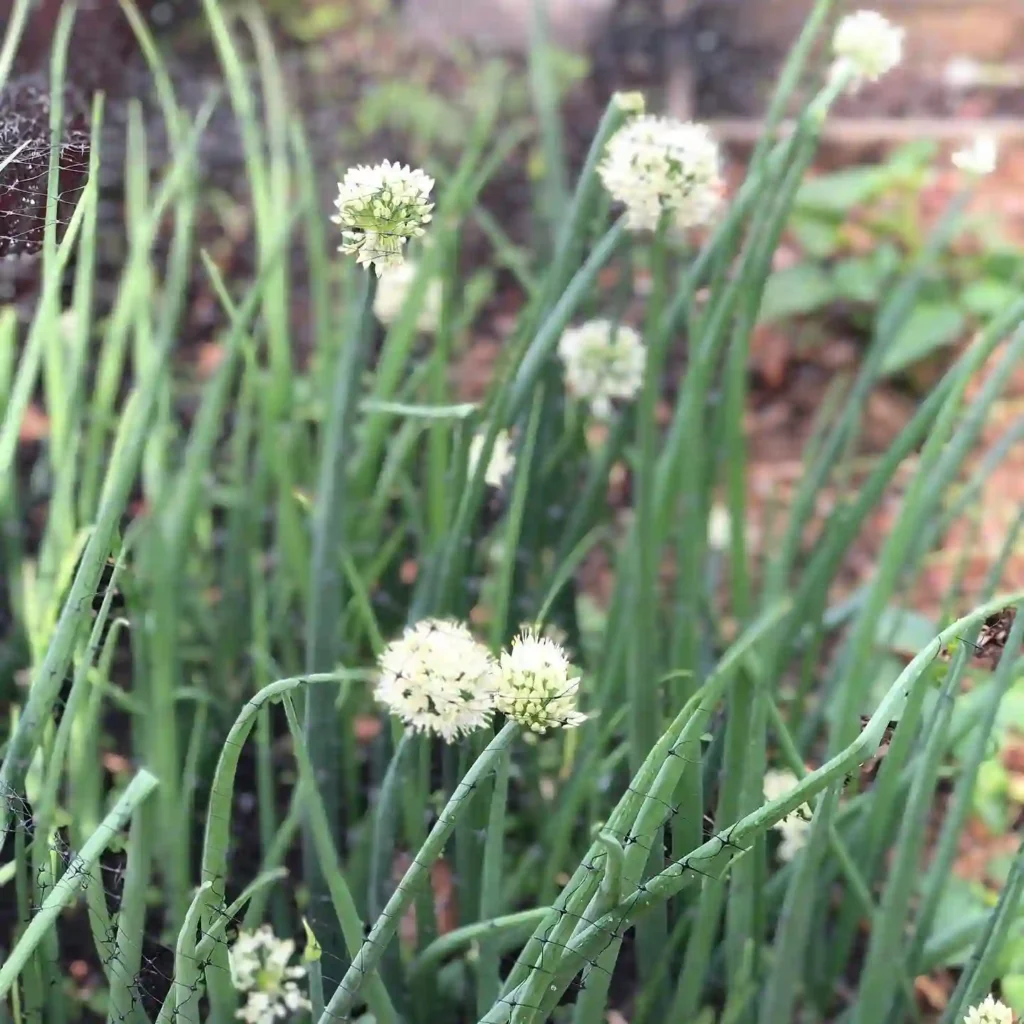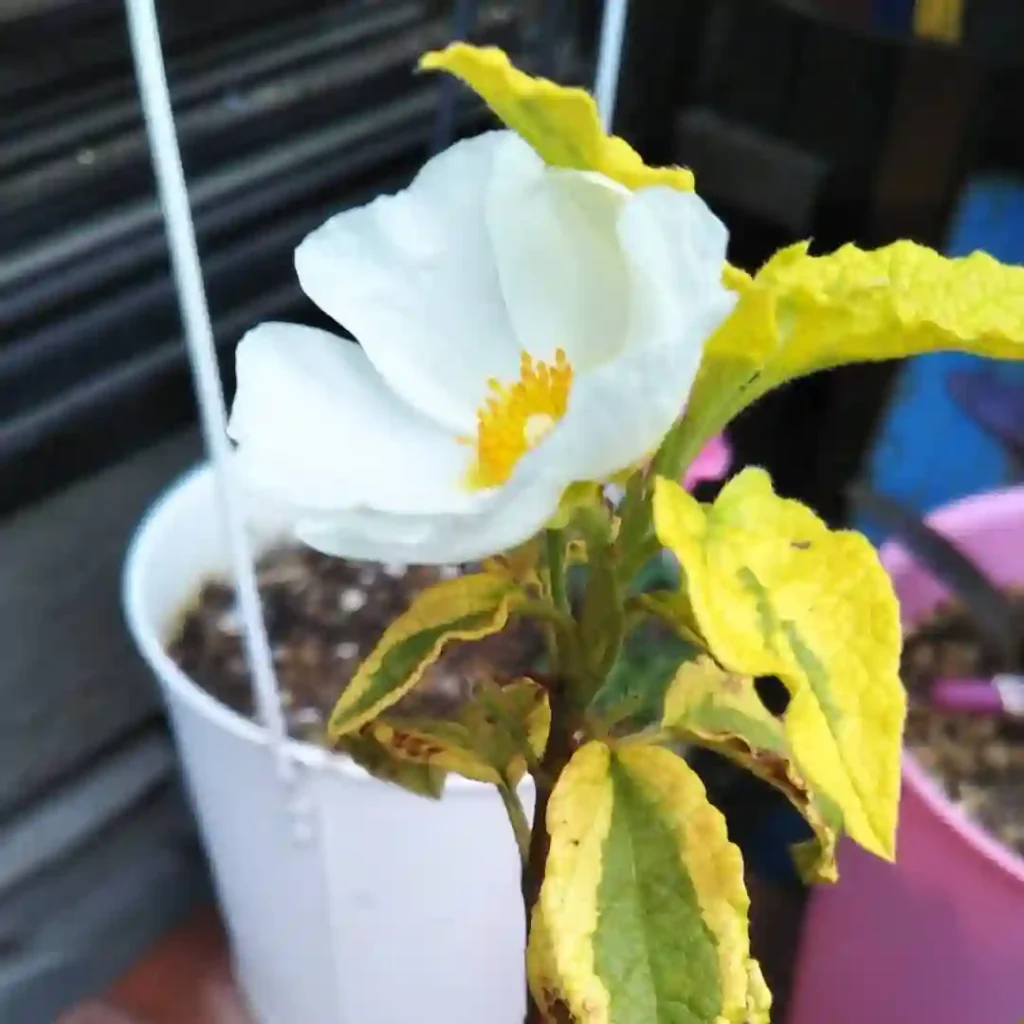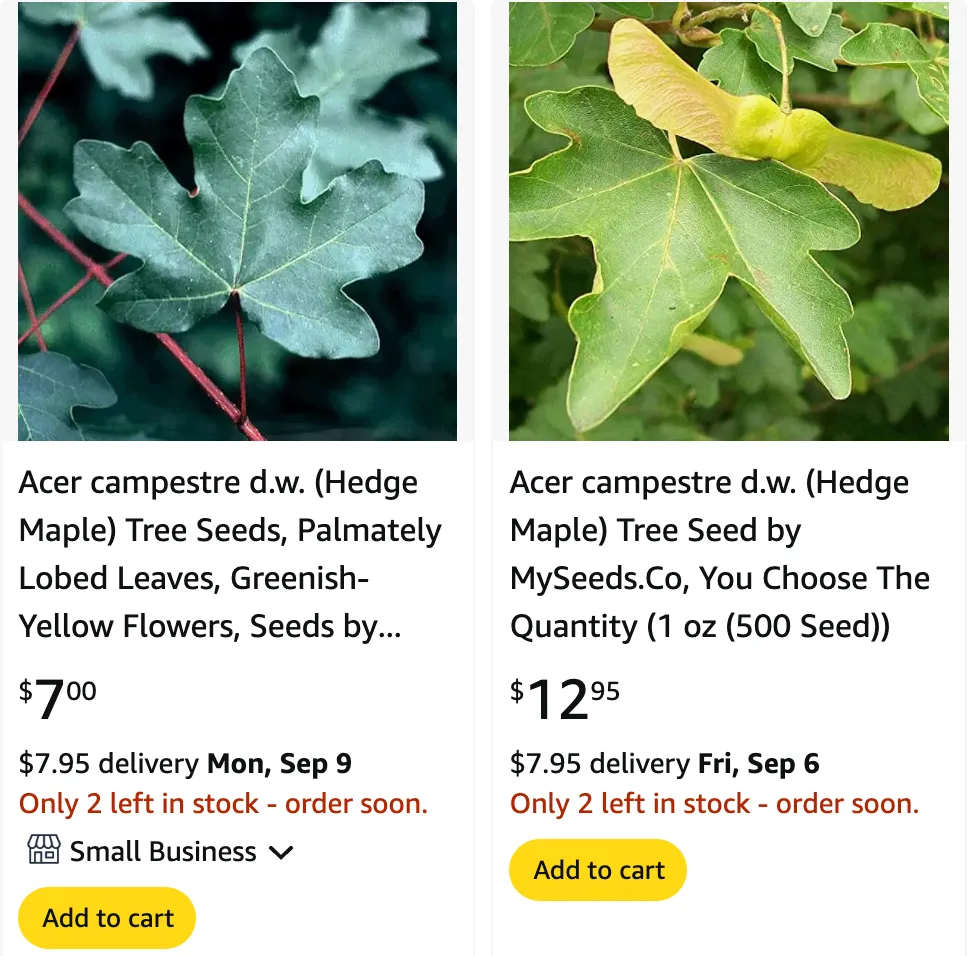
FAQs About Acer Campestre
As an avid gardener, I’ve always been fascinated by different plant species, and Acer Campestre, commonly known as the Field Maple, is one that I’ve come to appreciate. In this article, I’ll answer some frequently asked questions about this beautiful tree. From its growth habits to care tips and its role in landscaping, there’s a lot to explore about Acer Campestre.
168 Species in Genus Acer – Maple Tree
What is Acer Campestre?
Acer Campestre, or the Field Maple, is a small deciduous tree that typically grows to about 30 to 40 feet in height. It has a rounded crown and a dense, compact form. The leaves are distinctively lobed and medium green, turning to a brilliant yellow in the autumn. This tree is known for its durability and adaptability, making it a common choice for urban and suburban landscapes. It is also used in traditional medicine and as a source of timber in some regions.
Does Acer Campestre Grow in the US?
Yes, Acer Campestre can grow in the US. While it’s native to Europe and western Asia, this hardy tree has adapted well to various climates, including those found in the United States. It’s especially popular in the northeastern and midwestern regions, where it thrives in USDA hardiness zones 5 through 8. The Field Maple’s ability to tolerate different soil types and its resistance to urban pollution make it a great choice for many American landscapes.
Why Choose Acer Campestre for a Hedge?
Acer Campestre is an excellent choice for a hedge due to its dense foliage and manageable size. This tree can be pruned to create a compact, lush hedge that provides privacy and acts as a windbreak. It’s relatively slow-growing, reaching about 10 to 15 feet in height, which makes it easier to maintain than some faster-growing hedge plants. Additionally, its attractive green leaves turn a stunning golden-yellow in the fall, adding seasonal interest to any garden.
How to Care for Acer Campestre?
Caring for Acer Campestre is relatively straightforward. Here are some tips:
- Soil: Acer Campestre prefers well-drained soil but is adaptable to a wide range of soil types, including clay, loam, and sandy soils. It can tolerate both acidic and alkaline conditions.
- Watering: Once established, Acer Campestre is drought-tolerant, but young trees need regular watering to help them establish a strong root system. Water deeply during dry periods to keep the soil moist.
- Sunlight: This tree thrives in full sun to partial shade. It needs at least 4-6 hours of sunlight daily to maintain its vibrant foliage color.
- Pruning: Prune in late winter or early spring before new growth begins. Regular pruning helps maintain the desired shape and size, especially when used as a hedge.
How to Propagate Acer Campestre?
Acer Campestre can be propagated by seeds, cuttings, or layering. Seed propagation is the most common method, but it requires patience as the seeds can take several months to germinate. For a quicker method, softwood cuttings taken in early summer can root successfully when placed in a moist, well-draining soil mix. Layering, which involves bending a low branch to the ground and covering it with soil, is another effective technique, though it may take a year or more to develop roots.
What to Plant with Acer Campestre?
Acer Campestre pairs well with a variety of plants in a garden setting. For a naturalistic look, consider underplanting with shade-tolerant perennials such as ferns, hostas, or spring bulbs like daffodils and crocuses. Shrubs like boxwood or hydrangeas can also complement the Field Maple, providing contrast with their varied textures and bloom colors.
Can You Grow Acer Campestre Indoors?
Growing Acer Campestre indoors is not ideal due to its size and growth habits. This tree prefers outdoor conditions where it has space to grow and access to natural elements like rain and wind. However, young saplings can be kept in large pots on patios or balconies for a few years before needing to be transplanted into the ground.
Is Acer Campestre Toxic?
Acer Campestre is not considered toxic to humans or pets, making it a safe choice for family gardens. However, as with any plant, it’s best to discourage pets from chewing on the leaves or bark.
Benefits of Acer Campestre
Acer Campestre offers numerous benefits in both ecological and landscape settings:
- Wildlife Habitat: The tree provides shelter and food for various wildlife, including birds and insects. Its flowers are a good source of nectar for pollinators.
- Air Quality: Like many trees, Acer Campestre helps improve air quality by absorbing carbon dioxide and releasing oxygen.
- Erosion Control: Its root system helps stabilize the soil, making it useful in preventing erosion on slopes and embankments.
Common Problems with Acer Campestre
While generally hardy, Acer Campestre can be susceptible to certain pests and diseases. Aphids, scale insects, and caterpillars can sometimes infest the leaves, while fungal diseases like powdery mildew may appear during humid conditions. Regular monitoring and early treatment with organic pesticides or fungicides can help manage these issues.
Comparing Acer Campestre with Other Maples
Acer Campestre is often compared to other maples, such as Acer Platanoides (Norway Maple) and Acer Rubrum (Red Maple). While all three share the classic maple leaf shape, Acer Campestre is smaller and more compact, making it better suited for hedging and smaller gardens. It also has a more rounded form compared to the upright growth habit of the Norway Maple.
In conclusion, Acer Campestre is a versatile and attractive choice for various landscaping needs. Whether used as a hedge, a standalone tree, or a part of a mixed planting scheme, its adaptability, easy care, and year-round interest make it a valuable addition to any garden.
If i die, water my plants!
